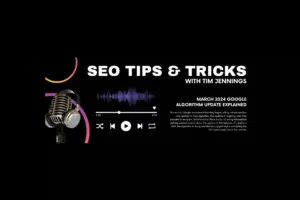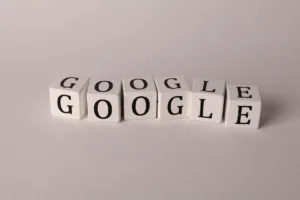It can be overwhelming when you try to find your audience on social media. There are so many people on social media – how on Earth do you choose the right ones to tell about your product?
In some ways, the answer’s pretty simple. The right ones to market to should be the ones who are most likely to buy. Of course, we’ve only made a circle: How do you tell who is the most likely to buy?
The good news is that social media networks understand the challenge. Because a whopping 85% of their revenue comes from advertising, they’re motivated to provide the tools that help you reach the right audience. At the same time, they still are pretty tricky to figure out – and that’s where we come in today!
Here are the three steps to finding your audience on social media.
1. Define your ideal audience
If you don’t know what you’re looking for, you’ll never know when you’ve found it. That’s why it’s essential to take some time to really think about the people what you’re aiming to reach. Imagine your ideal customers or some of your best customer interactions. This will give you a good starting point. Here are some of the parameters you must think about when considering your ideal audience:
- Location
- Native language
- Age
- Gender
- Lifestyle
While you may not have a set parameter for all of these, these are a good place to start thinking about the kinds of customers that your company aims to attract.
2. Launch a few campaigns
After you have a few basics decided on for your intended audience, it’s time to dive into research. And this only happens one way: do a test with several different audiences and see what happens. Ideally, start with broad audiences like “college-aged men in the Phoenix, AZ area who like outdoor activities.”
Watch the data on your different campaigns carefully. Notice which audience segments you’ve used seem to be the most successful.
3. Begin to narrow down
As you try out different types of audiences, begin to segment into smaller pieces. Instead of “outdoor activities,” specify something like “waterskiing” or “hiking” – whatever makes sense for your brand. Even though the number of people in your audience will decrease, your campaign will be more effective because you will be reaching the people who are most likely to become your customers.
That’s the key:
Remember that the audience size is not the main goal.
Instead, you’re after an audience that converts.
And as you continue to do research and go back and forth adjusting your audiences, over time you will find the sweet spot. After you have taken the time to find your audience, your marketing campaigns will be sure to deliver the best return on your investment possible.
© Soulheart 2019, all rights reserved





